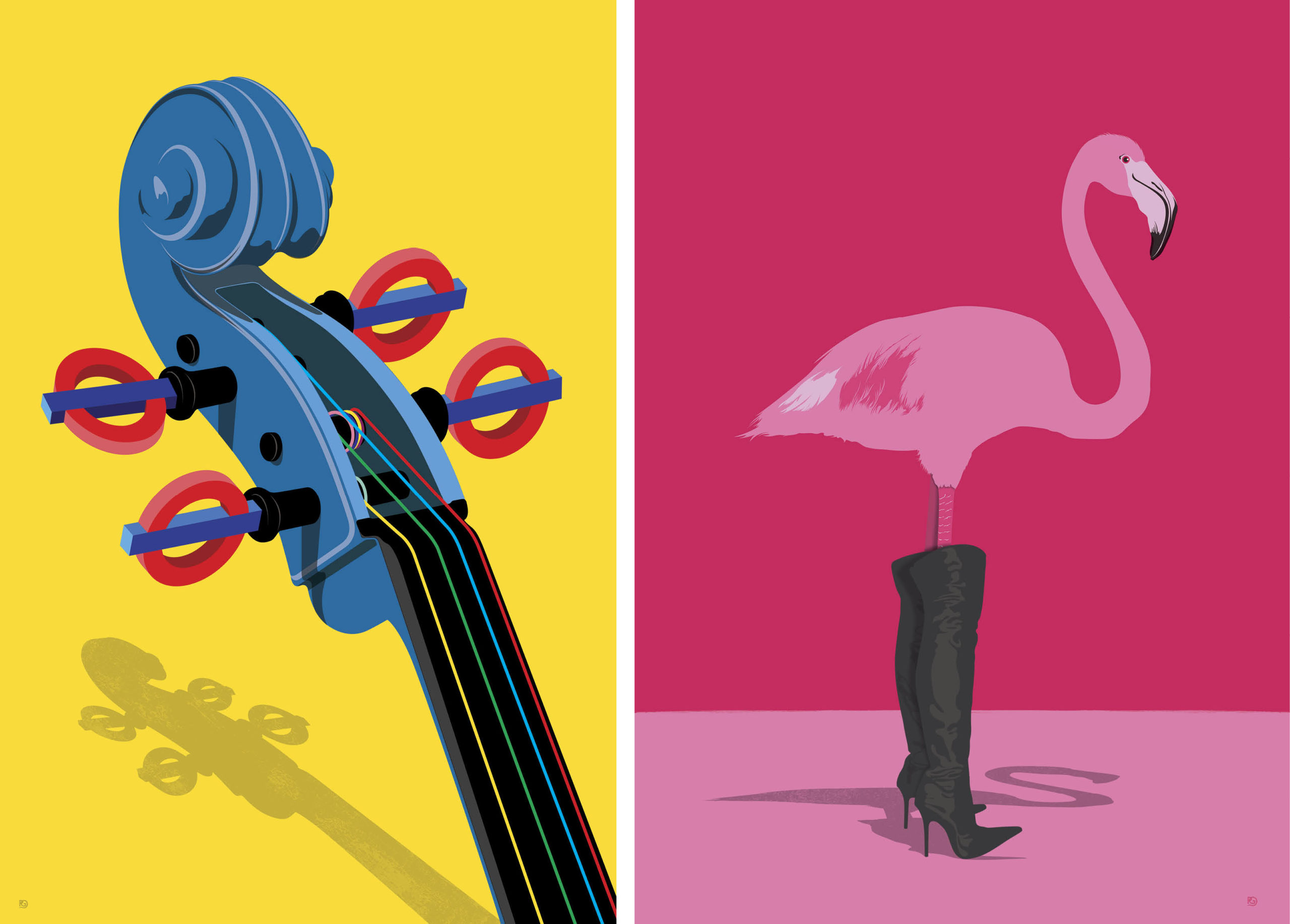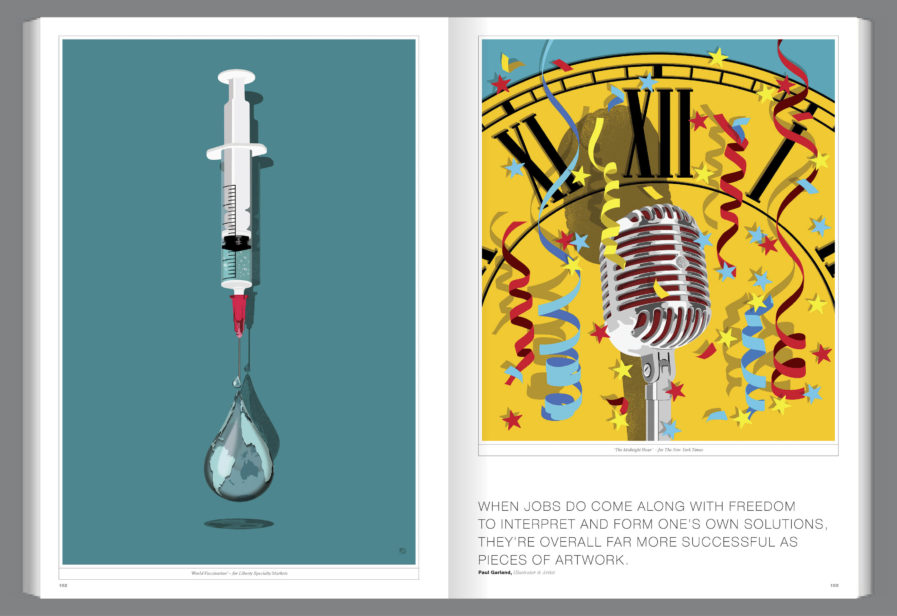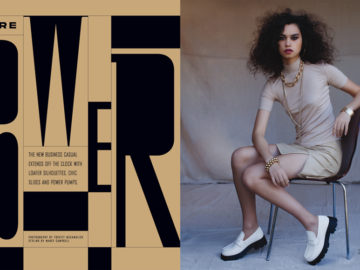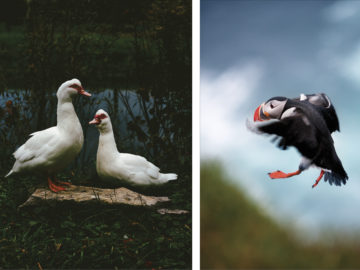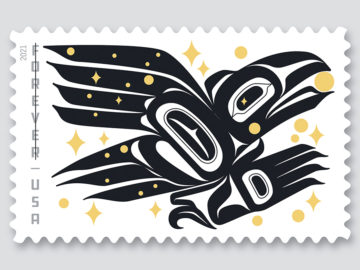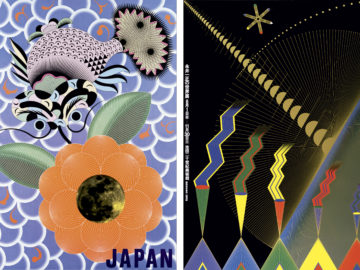Paul Garland was born in Somerset, England, and studied at Somerset College of Arts & Technology, Epsom School of Art, and Plymouth University. He has worked as a freelance illustrator for the better part of 30 years, has been a visiting lecturer at several UK art colleges, and is also a fine art painter. As a visual storyteller, Paul’s illustration work is intensely colorful, clean, bold, and graphic. His images are conceptual and metaphorical to convey complex subjects for clients worldwide in the fields of advertising, design, branding, publishing, and editorial. Paul’s work has been recognized with awards from several major institutions, including the NY Society of Illustrators, American Illustration, 3×3, Lürzer’s Archive, Society of Illustrators of LA, the Association of Illustrators, the World Illustration Awards, and Graphis, amongst others.
